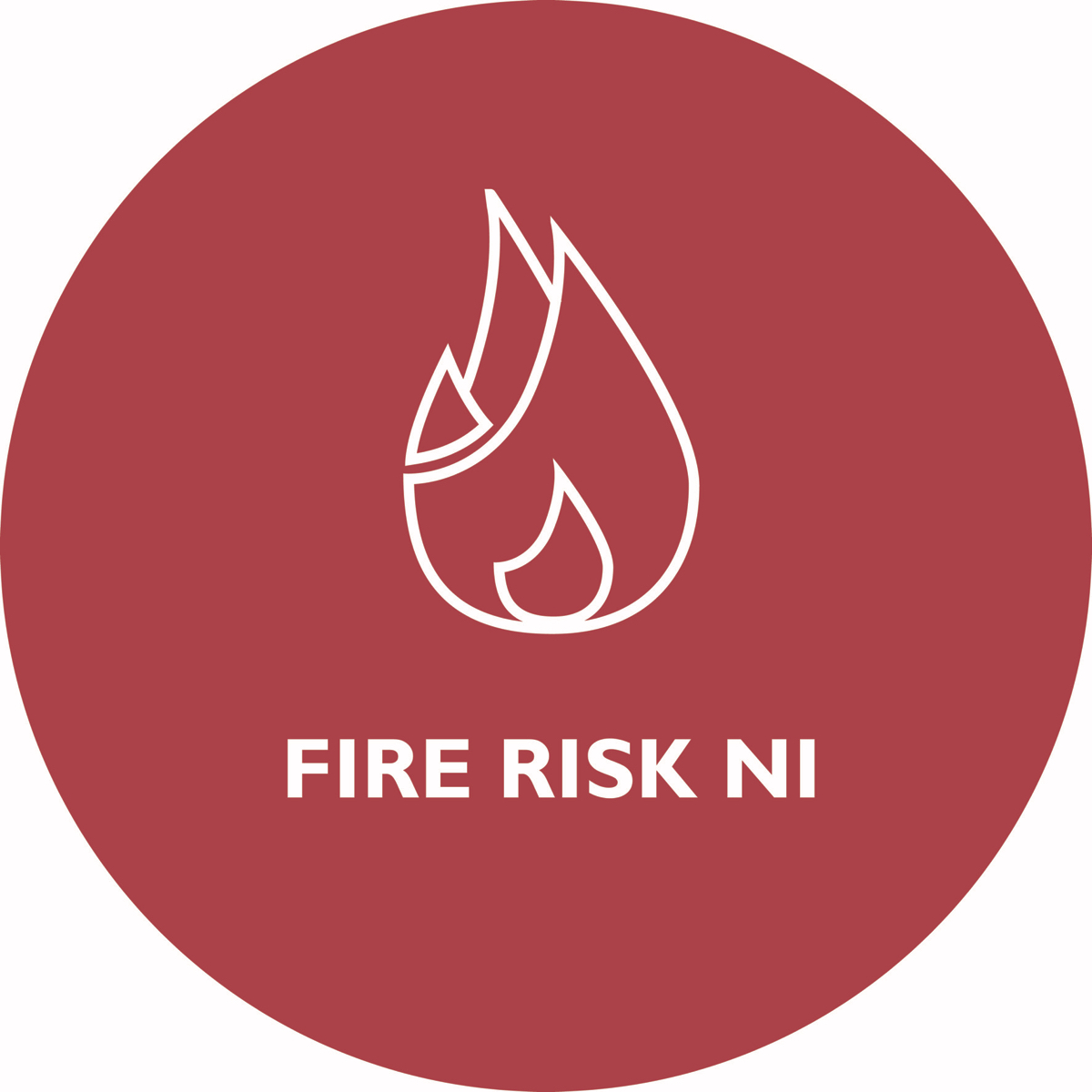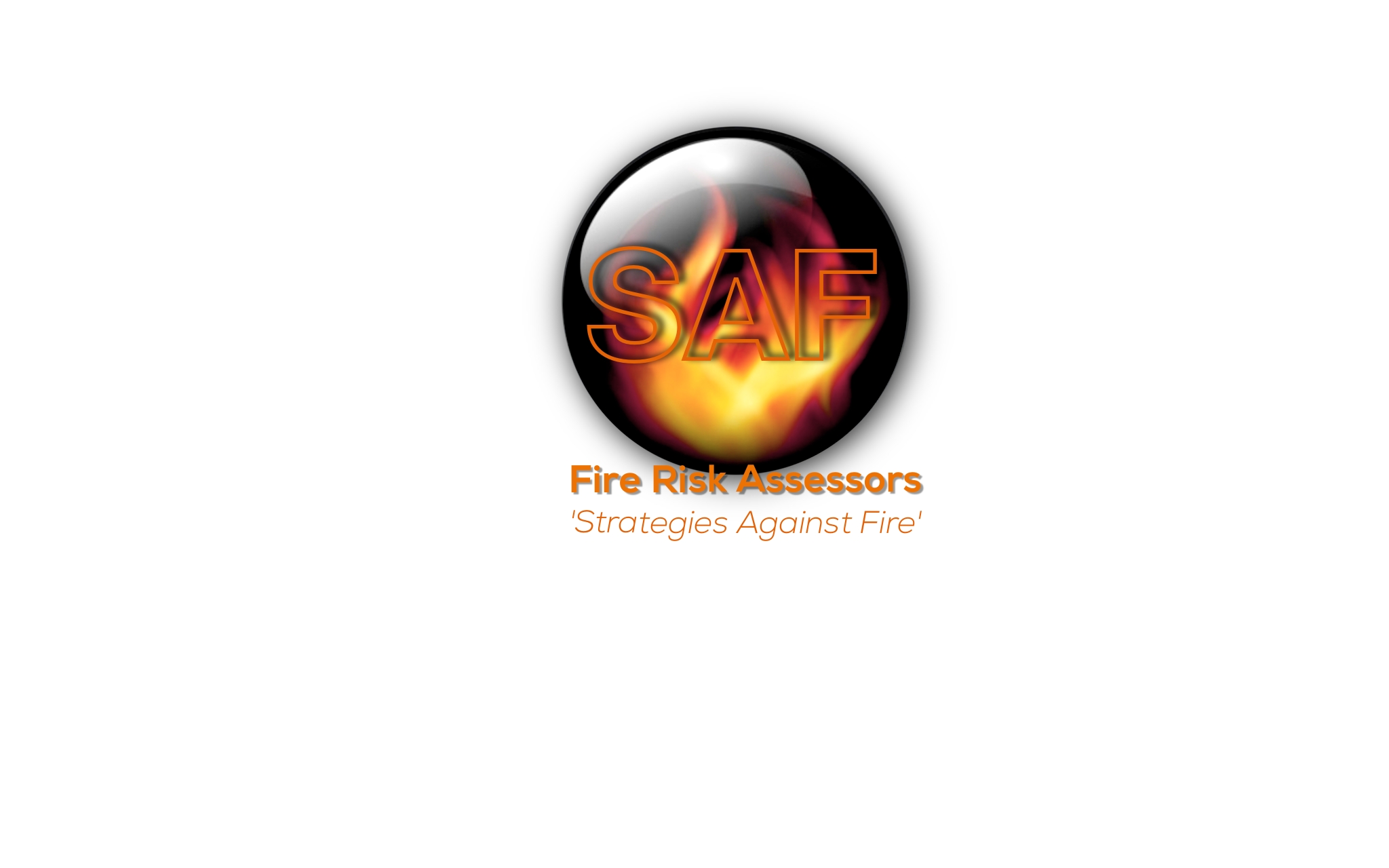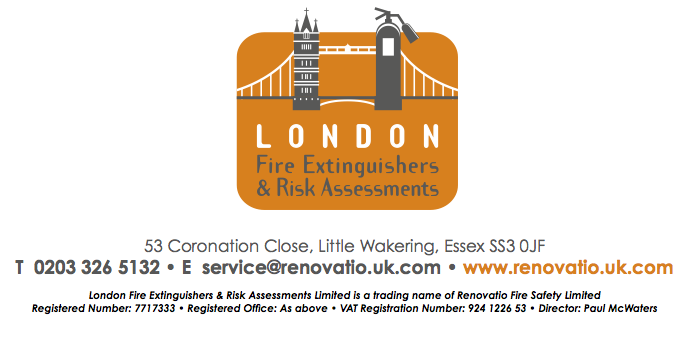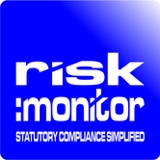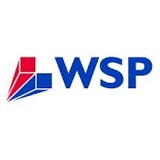Information
-
Document No.
-
Audit Title
-
Client / Site
-
Conducted on
-
Prepared by
Details of audit
Employer or person having control of the premises
-
Add signature
Address of the premises
-
Add media
Person consulted
Assessor
-
Add signature
Date of fire risk assessment
-
Select date
Date of previous assessment
Suggested date for review
-
Select date
-
The purpose of this report is to provide an assessment of the risk to life from fire in these premises and where appropriate to make the necessary recommendations to ensure compliance with fire safety legislation. The report does not address the risk to property or business continuity from fire.
-
A full risk assessment is required, after an initial assessment has been carried, if there has been significant change in staff, physical structure, legislation, addition of hazardous substances on to the premises or if a significant time period has lapsed.
-
The fire risk assessment should be reviewed by a competent person by the date indicated above or at such earlier time as there is reason to suspect that it is no longer valid, or if there has been a significant change in the matters to which it relates, or if a fire occurs.
General Information
1. The premises
1.1 Number of floors
1.2 Approximate floor area
-
Meters per floor, gross and ground floor
1.3 Brief details of construction
1.4 Use of premises
2 The Occupants
-
2.1 Approximate maximum number
- 1 to 10
- 10 to 25
- 25 to 50
- 50 to 100
- 100 to 150
- 150 to 250
- 250 and more
3 Occupants Especially At Risk From Fire
-
4. Fire loss experience
-
If yes please enter details
-
5. Other relevant information
-
If yes please enter details
6. Relevant Fire Safety Legislation
-
6.1 The Fire Precautions Workplace Regulations NI 2001 apply to this building
-
6.2 The Fire Services NI Order 1984 applies to this building, but a fire certificateis not required because it has been exempt from a fire certificate by the fire authority?
-
6.2 The Fire Services NI Order 1984 applies to this building, but a fire certificateis not required because it is put to a designated use, but a fire certificate is not required under the terms of the Designation Order?
-
6.3 The Fire Services NI Order 1984 applies to this building and a fire certificate is required by virtue of:
-
6.4 Has a fire certificate been issued under the Fire Services NI Order 1984
-
If yes what is the certificate number and date of issue?
-
6.5 An application for a fire certificate was made on?
-
6.6 An application for a fire certificate should be made as soon as possible
-
6.7 Other relevant fire safety legislation
-
6.8 Comments
-
Part 3 of the Fire and Rescue Services (Northern Ireland) order 2006 known as Fire Safety Regulations (Northern Ireland) 2010 apply to this building following a change in fire safety legislation of effect 15th November 2010 replacing The Fire Precautions (Workplace) Regulations (Northern Ireland) 2001 and The Fire Services (Northern Ireland) Order 1984.
The change in legislation has been actioned to simplify previous Fire Safety legislation in non-domestic premises and reinforce the modern risk based approach to fire prevention bringing Northern Ireland Fire Safety legislation in line with England and Wales.
Fire Hazards and Their Elimination or Control
7. Electrical Sources Of Ignition
-
7.1 Reasonable measures taken to prevent fires of electrical origin
-
7.2.1 Fixed installation periodically inspected and tested
-
7.2.2 Portable appliance testing carried out?
-
7.2.3 Suitable policy regarding the use of personal electrical appliances
-
7.2.4 Suitable limitation of trailing leads and adapters
-
7.3 Comments and hazards observed
8. Smoking
-
8.1 Reasonable measures taken to prevent fires as a result of smoking
-
8.2.1 Smoking prohibited in the building
-
8.2.2 Smoking prohibited in appropriate areas
-
8.2.3 Suitable arrangements for those who wish to smoke
-
8.2.4 This policy appears to be observed at the time of inspection?
-
8.3 Comments and hazards observed
9.Arson
-
9.1 Does basic security against arson by outsiders appears reasonable
-
9.2 is there an absence of unnecessary fire load in close proximity to the premises or available for ignition by outsiders
-
9.3 Comments and hazards observed
10. Portable Heaters and Heating Installations
-
10.1 Is the use of portable heaters avoided as far as practicable
-
10.2.1 Is the use of the more hazardous type (e.g. Radiant bar fires or LPG appliances) avoided?
-
10.2.2 Are suitable measures taken to minimise the hazard of ignition of combustible materials?
-
10.3 Are fixed heating installations subject to regular maintenance?
-
10.4 Comments and hazards observed:
11. Cooking
-
11.1 Are reasonable measures taken to prevent fires as a result of cooking?
-
11.2.1 Are filters changed and ductwork cleaned regularly?
-
11.2.2 Are suitable extinguishing appliances available?
-
11.3 Comments and hazards observed:
12. Lightning
-
12.1 Does the building have a lightning protection system?
-
12.2 Comments and deficiencies observed
13. Housekeeping
-
13.1 Is the standard of housekeeping adequate?
-
13.2.1 Does combustible materials appear to be separated from ignition sources?
-
13.2.2 Is there avoidance of unnecessary accumulation of combustible materials or waste?
-
13.2.3 Is there appropriate storage of hazardous materials?
-
13.2.4 Is there avoidance of inappropriate storage of combustible materials?
-
13.3 Comments and hazards observed
14. Hazards Introduced By Outside Contractors and Building Works
-
14.1 Are fire safety conditions imposed on outside contractors?
-
14.2 Is there satisfactory control over works carried in the building by outside contractors (including "hot works" permits)?
-
14.3 If there are in-house maintenance personnel, are suitable precautions taken during "hot work", including use of hot work permits?
-
14.4 Comments
15. Other Significant Ignition Sources That Warrant Consideration Including Process Hazards That Impact On General Fire Precautions
-
15.1 Ignition sources
-
15.2 Comments and deficiencies observed
Fire Protection Measures
16. Means of Escape From Fire
-
16.1 It is considered that the building is provided with reasonable means of escape in case of fire?
-
16.2.1 Are there adequate design of escape routes?
-
16.2.2 Are there adequate provisions of exits?
-
16.2.3 Are exits easily and immediately openable where necessary?
-
16.2.4 Do fire exits open in the direction of escape where necessary?
-
16.2.5 Is there avoidance of sliding or revolving doors as fire exits where necessary?
-
16.2.6 Is there a reasonable distance of travel where there is a single direction of travel?
-
16.2.7 Is there a reasonable distance of travel where there are alternative means of escape?
-
16.2.8 Is there suitable protection of escape routes?
-
16.2.9 Is there suitable fire precautions for all inner rooms?
-
16.2.10 Are escape routes unobstructed?
-
16.3 It is considered that the building is provided with reasonable arrangements for the means of escape for disabled people?
-
16.4 Comments and deficiencies observed:
17. Measures to Limit Fire Spread and Development
-
17.1 Is it considered that there is compartmentation of a reasonable standard?
-
17.2 Is it considered that there is reasonable limitation of linings that might promote fire spread?
-
17.3 Comments and deficiencies observed:
-
Note - The fire risk assessment inspection was based on a type 1 (non destructive) fire risk assessment. Should the building management have concerns over the level of compartmentation, a full intrusive due diligence survey should be undertaken to identify any weakness in the building that requires further work to avoid compromising fire safety of persons in the event of fire.
18. Emergency Escape Lighting
-
18.1 Reasonable standard of emergency escape lighting system provided?
-
18.2 Comments and deficiencies observed:
19. Fire Safety Sign and Notices
-
19.1 Reasonable standard of fire safety signs and notices?
-
19.2 Comments and deficiencies observed:
20. Means of Giving Warning of Fire
-
20.1 Reasonable manually operated electrical fire alarm system provided?
-
20.2 Is automatic fire detection provided?
-
20.3 Is the extent of automatic fire detection generally appropriate for the occupancy and fire risk?
-
20.4 Remote transmission of alarm signals?
-
20.5 Comments and deficiencies observed:
21. Manual Fire Extinguishing Appliances
-
21.1 Reasonable provision of portable fire extinguishers?
-
21.2Hose reels provided?
-
21.3 Are all fire extinguishing appliances readily accessible?
-
Comments and deficiencies observed
22. Relevant Automatic Fire Extinguishing Systems
-
22.1 Type of system
-
22.2 Comments
23. Other Relevant Fixed Systems And Equipment
-
23.1 Type of fixed system
-
23.2 Comments
-
23.3 Suitable provision of fire-fighters switch(es) for high voltage luminous tube signs, etc
-
23.4 Comments
Management of Fire and Safety
24. Procedures and Arrangements
-
24.1 Fire safety is managed by
-
24.2 Competent person(s) appointed to assist in undertaking the preventive and protective measures (I.e. relevant general fire precautions)?
-
24.3 Comments
-
24.4 Is there suitable record of the fire safety arrangements?
-
24.5 Comments
-
24.6 Appropriate fire procedures in place?
-
24.6.1 Are procedures in the event of fire appropriate and properly documented?
-
24.6.2 Are there suitable arrangements for summoning the fire and rescue service?
-
24.6.3 Are there suitable arrangements to meet fire and rescue service on arrival and provide relevant information, including that relating to hazards to fire-fighters?
-
24.6.4 Are there suitable arrangements for ensuring that the premises have been evacuated?
-
24.6.5 Is there suitable fire assembly points(s)?
-
24.6.6 Are there adequate procedures for the evacuation of any disabled people who are likely to be present?
-
24.6.7 Comments
-
24.7 Persons nominated and trained to use fire extinguishing appliances?
-
24.7.1 Comments
-
24.8 Persons nominated and trained to assist with evacuation, including evacuation of disabled people?
-
24.8.1 Comments
-
24.9 Appropriate liaison with the fire and rescue service (e.g. By fire and rescue service crews visiting for familiarization visits)?
-
24.9.1 Comments
-
24.10Routine in-house inspections of fire precautions (e.g. In the course of health and safety inspections)?
-
24.10.1 Comments
25. Training And Drills
-
25.1 Are all staff given adequate fire safety instruction and training induction?
-
25.1.1 Comments
-
25.2 Are all staff given adequate periodic "refresher training" at suitable intervals?
-
25.2.1 Comments
-
25.3.1 Does all staff training provide information, instruction or training on fire risks in the premises?
-
25.3.2 Does all staff training provide information, instruction or training on the fire safety measures in the building?
-
25.3.3 Does all staff training provide information, instruction or training on action in the event of a fire?
-
25.3.4 Does all staff training provide information, instruction or training on action on hearing the fire alarm signal?
-
25.3.5 Does all staff training provide information, instruction or training on method of operation of manual call points?
-
25.3.6 Does all staff training provide information, instruction or training on location and use of fire extinguishers?
-
25.3.7 Does all staff training provide information, instruction or training on means of summoning the fire and rescue service?
-
25.3.8 Does all staff training provide information, instruction or training on the identity of persons nominated to assist with evacuation?
-
25.3.9 Does all staff training provide information, instruction or training on the identity of persons nominated to use fire extinguishing appliances?
-
25.3.10 Comments
-
25.4 Are staff with special responsibilities (e.g. Fire wardens) given additional training?
-
25.4.1 Comments
-
25.5 Are fire drills carried out at appropriate intervals?
-
25.5.1 Comments
-
25.6.1 When the employees of another employer work in the premises, is their employer given appropriate information (e.g on fire risks and general fire precautions)?
-
25.6.2 When the employees of another employer work in the premises, is it ensured that the employees are provided with adequate instructions and information?
-
25.6.3 Comments
26. Testing and Maintenance
-
26.1 Adequate maintenance of the premises?
-
26.1.1 Comments and deficiencies observed:
-
26.2 Weekly testing and periodic servicing of fire detection and alarm system?
-
26.2.1 Comments and deficiencies observed:
-
26.3 Monthly and annual testing routines for emergency escape lighting?
-
26.3.1 Comments and deficiencies observed:
-
26.4 Annual maintenance of fire extinguishing appliances?
-
26.4.1 Comments and deficiencies observed:
-
26.5 Periodic inspection of external escape staircases and gangways?
-
26.5.1 Comments and deficiencies observed
-
26.6 Six-monthly inspection and annual testing of rising mains?
-
26.6.1 Comments and deficiencies observed:
-
26.7 Weekly and monthly testing, six monthly inspection and annual testing of fire-fighting lifts?
-
26.7.1 Comments and deficiencies observed:
-
26.8 Weekly testing and periodic inspection of sprinkler installations?
-
26.8.1 Comments and deficiencies observed:
-
26.9 Routine checks of final exit doors and/or security fastenings?
-
26.9.1 Comments and deficiencies observed:
-
26.10 Annual inspection and test of lightning protection system?
-
26.10.1 Comments and deficiencies observed:
-
26.11 Other relevant inspections or tests:
-
26.11.1 Comments
27. Records
-
27.1.1 Appropriate records of fire drills?
-
27.1.2 Appropriate records of fire training?
-
27.1.3 Appropriate records of fire alarm tests?
-
27.1.4 Appropriate records of emergency escape lighting tests?
-
27.1.5 Appropriate records of maintenance and testing of other fire protection systems?
-
27.2 Comments
Additional Information
Fire Risk Assessment
-
Taking into account the fire prevention measures observed at the time of this risk assessment, it is considered that the hazard from fire (likelihood of fire) at these premises is:
-
Taking into account the nature of the building and the occupants, as well as the fire protection and procedural arrangements observed at the time of this fire risk assessment, is it considered that the consequences for life safety in the event of fire would be:
-
Accordingly, it is considered that the risk to life from fire at these premises is:
-
(Note that, although the purpose of this section is to place the fire risk in context, the above approach to fire risk assessment is subjective and for guidance only. All hazards and deficiencies identified in this report should be addressed by implementing all recommendations contained in the following action plan. The fire risk assessment should be reviewed regularly)
